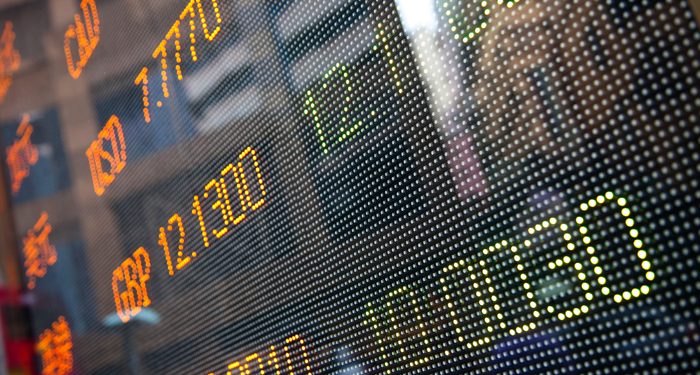The gap between the worst and best-performing workplace pensions has widened, according to the latest quarterly figures from the Corporate Adviser Pension Average (CAPA) index.
This data shows the 1.6 million-member Now: Pensions fund trailing the best performer, SuperTrust UK, by 65 per cent over five years.
Now: Pensions’ growth phase fund has returned just 4.02 per cent a year over the five years to the end of June 2019 (21.7 per cent cumulative). In contrast the best performer, SuperTrust UK, delivered a return of 13.3 per cent a year over the period (86.7 per cent cumulative) according to the Corporate Adviser Intelligence
The difference between the worst and best performers now stands at 9.28 per cent a year, and has grown wider since the previous quarter, when Now: Pensions’ performance stood at 5.2 per cent a year, and SuperTrust UK’s was 12.5 per cent.
The average return of the 19 defined contribution (DC) default funds with 5-year performance figures, which together invest the pensions of more than 10 million Britons, stood at 9.34 per cent a year (56.3 per cent cumulative), more than twice that of Now: Pensions.
This latest index received coverage in today The Times, helping encourage members to review the performance of their workplace pension.
Figures are before the deduction of charges – while workplace pension charges are low, their complexity means savers of different ages, with different savings durations, pay different amounts.
However, all providers charges are required to be below 0.75 per cent a year over the long term for auto-enrolment pensions. Figures shown are for growth-phase investors who are 30 years from State Pension Age.
These huge differences in returns mean over the last five years a £1,000 pot in the Now: Pensions master trust has grown to £1,217 before charges are taken into account, compared to the industry average of £1,563, while table-topper SuperTrust UK has delivered investors £1,867 on a £1,000 fund over five years.
SuperTrust UK has performed better than other default funds because it adopts a riskier investment strategy than other funds, investing 100 per cent of its assets in equities, while other funds tend to diversify to dampen down risk. In the positive stock market conditions of the last five years this has seen it achieve higher growth. However, when markets fall, riskier funds tend to fall more.
The index shows that Standard Life’s default achieved relatively low returns of 6.39 per cent a year annualised, but it had the lowest risk – or volatility – score in the sector, half that of the SuperTrust UK fund, because it invests in less risky assets. However, the government-sponsored Nest default took a similar level of risk to Now: Pensions yet achieved returns more than 5 per cent a year higher.
The highest returns for investors five years before retirement were achieved by National Pension Trust, which delivered an annualised return of 9.81 per cent a year (59.75 per cent cumulative). The average default fund returned 7.89 per cent (46.1 er cent cumulative). You can compare performance data on over 30 default funds, covering more than 13 million pension savers, at www.capa-data.com.
Last month Now: Pensions became one of over 30 master trust pension schemes to become authorised under a new regulatory standard established by The Pensions Regulator. SuperTrust UK has yet to receive authorisation.
Corporate Adviser Intelligence head of research John Greenwood said: “Performance data is by its very nature backward looking, and is not necessarily a guide to future returns. If markets had nosedived, those less risky funds would probably have fallen less than those currently topping the table.
“We are more than 10 years into the longest bull market in history and we are unlikely to see returns like this for the next 10. However, for investors with 30 years to retirement, it is worth taking a higher level of risk, because markets are, if history is anything to go by, likely to rebound by the time you come to retire.
“What the data makes clear is that some funds are performing far better than others in terms of the return earned for the level of risk taken.”





